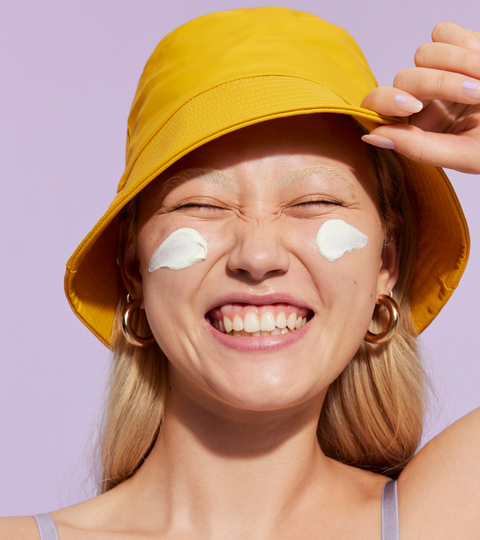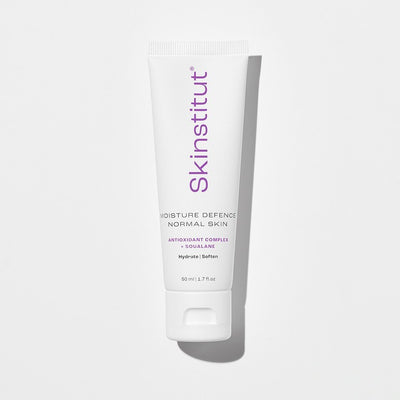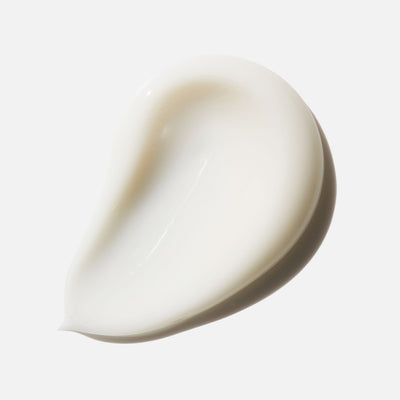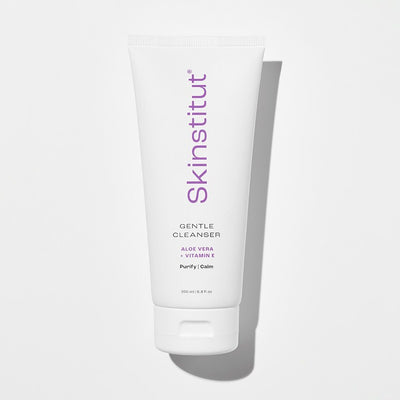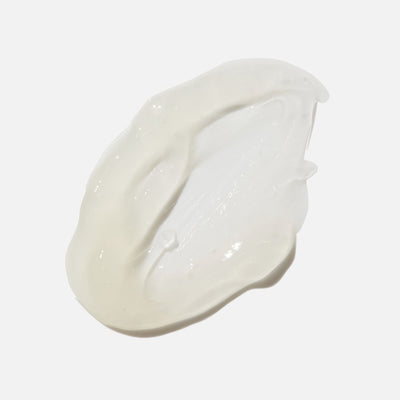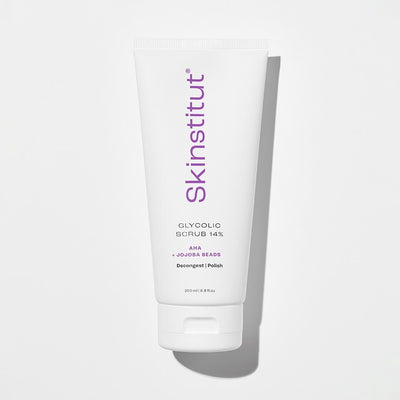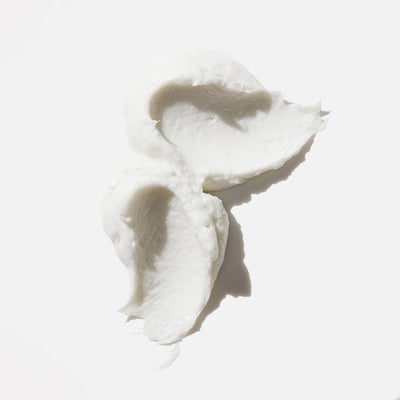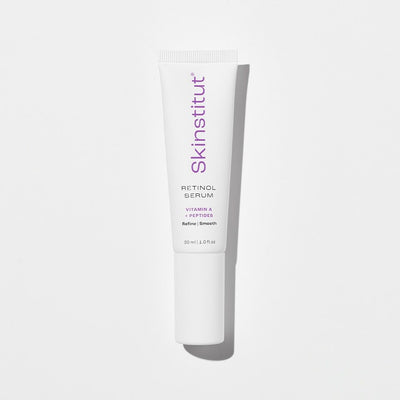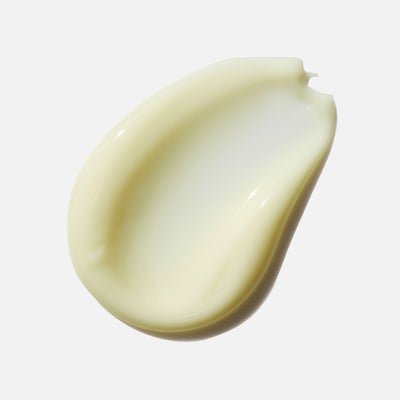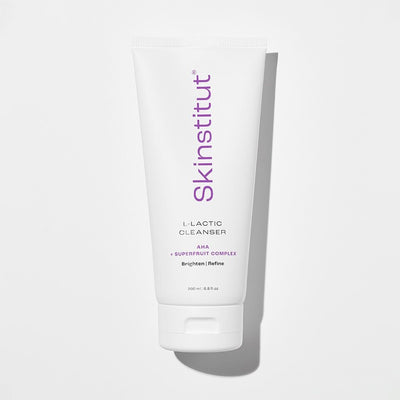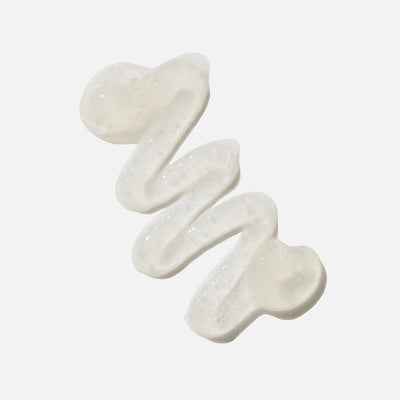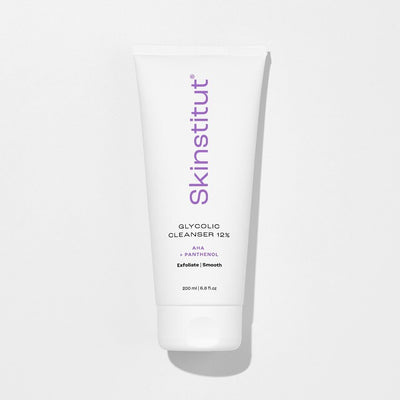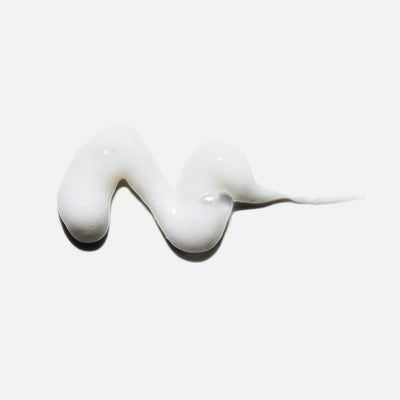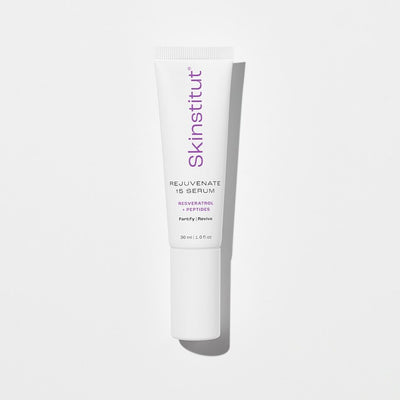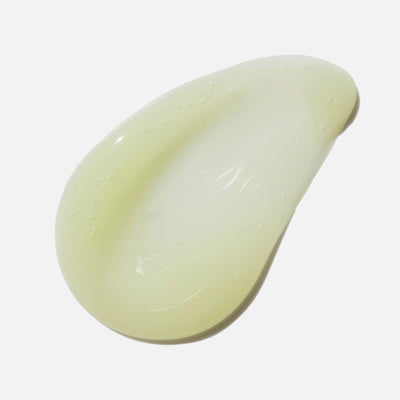As we get older, so does our skin. Fine lines, wrinkles and changes in texture are all inevitable as the years go by, but what you might not know is that some skin ageing can actually be prevented.
This is because most major changes are due to photo-ageing or damage from external factors – if you guessed UV damage, you guessed right.
Of course, our complexions will change as we move through thirty, forty, fifty and beyond, but with the right cosmeceutical ingredients and tonnes of environmental protection, it’s possible to keep your skin in its best condition for years to come.
Intrigued? Scroll on to learn all about chronological ageing versus photo-ageing, plus some top anti-ageing skin tips.
What Is Chronological Ageing?
Chronological or biological ageing is essentially just normal ageing – the kind that affects our whole body. It’s primarily determined by genetic factors, and there’s not a lot we can do to prevent it.
When it comes to the skin, ageing is characterised by wrinkling, laxity, and loss of fullness caused by the gradual breakdown of collagen and elastin.
How Is Photo-Ageing Different?
Photo-ageing on the other hand (often called extrinsic ageing, as opposed to the intrinsic ageing of time) is caused by exposure to sunlight and ultraviolet rays, as well as blue light and infrared light. The radiation affects the skin both superficially (think sunburn) and on a deeper level, accelerating the breakdown of collagen and elastin. It also affects our cellular DNA, which is where serious issues like skin cancer can develop.
In fact, photo-ageing is responsible for the majority of skin ageing we witness over a lifetime, including premature ageing. It varies from person to person, but typically it manifests on our skin as roughness, deep wrinkles, pigmentation, sunspots and pronounced sagging.
What Can I Do To Prevent It?
Fortunately, there is a silver lining to photo-ageing because it is almost entirely preventable!
If you grew up in Australia, chances are you’ve already done some damage to your skin – by the time you hit your mid-teens… cue the tears! But with a few precautions you can keep skin healthier for longer, while undoing some of the damage from all those days in the sun as a kid.
Rule Number One: Sun Protection
If you only follow one skincare rule, make it sunscreen! A great broad-spectrum formula will make a world of difference: it will minimise the risk of skin cancer, and help protect the overall condition of your complexion.
To get the full effects, apply to all exposed skin every single day, and reapply when necessary. UV-protective clothing, a hat, sunglasses and sticking to the shade where possible are also important.
Try: Age Defence SPF 50+
Fake It
Remember that there’s no such thing as a ‘healthy’ tan, so if you want a vacation-worthy glow, fake it. There’s a stack of great self-tanners on the market that will give you a believable wash of colour without the damage.
Handy tip: Glycolic Scrub 14% is an excellent formula to smooth the skin before application for a streak-free finish.
Protect With Antioxidants
Being exposed to the elements can also trigger cellular damage thanks to unstable atoms – free radicals – that are known to wreak havoc on our skin.
That said, antioxidants (specifically L-Ascorbic Acid) can neutralise the effects of free radicals and protect against damage. Work a topical formula, such as our 10% Vitamin C Super Serum into your morning routine to reap the benefits. It contains Ascorbyl Glucoside, a stabilised form of L-Ascorbic Acid that protects and firms without irritation.
Try 10% Vitamin C Super Serum
Reveal Healthy Cells With Retinol
Healthy cellular turnover is the key to a youthful, luminous complexion, and Retinol offers the best results in making this happen. A derivative of Vitamin A, Retinol works to replace damaged cells with healthy ones, ensuring the skin looks healthy, bright and firm.
Try Expert Reveal Retinol Face Oil
Keep Your Barrier Strong
Photo-ageing can also weaken the skin barrier, leaving it vulnerable to long-term damage as well as dehydration, redness and sensitivity.
Daily sunscreen application will keep this in check, as will strengthening ingredients like oils, Ceramides and Niacinamide. We suggest integrating face oil into your routine, and be sure to top off your skincare with a great moisturiser.
Multi Active Oil is packed with lipid-rich seed oils (think Rosehip, Jojoba and Macadamia) and replenishing antioxidant Coenzyme Q10.
Expert Restore Niacinamide Replenishing Cream is another top pick to keep the skin soft and supple, while soothing the barrier, plus it has a lush melting texture that feels great beneath makeup. If you prefer a serum format, the 10% Niacinamide Calming Serum is a strengthening formula that reinforces the complexion, preventing damage.
Want to learn more about the science behind how and why our skin changes? Read up on cellular ageing here.


